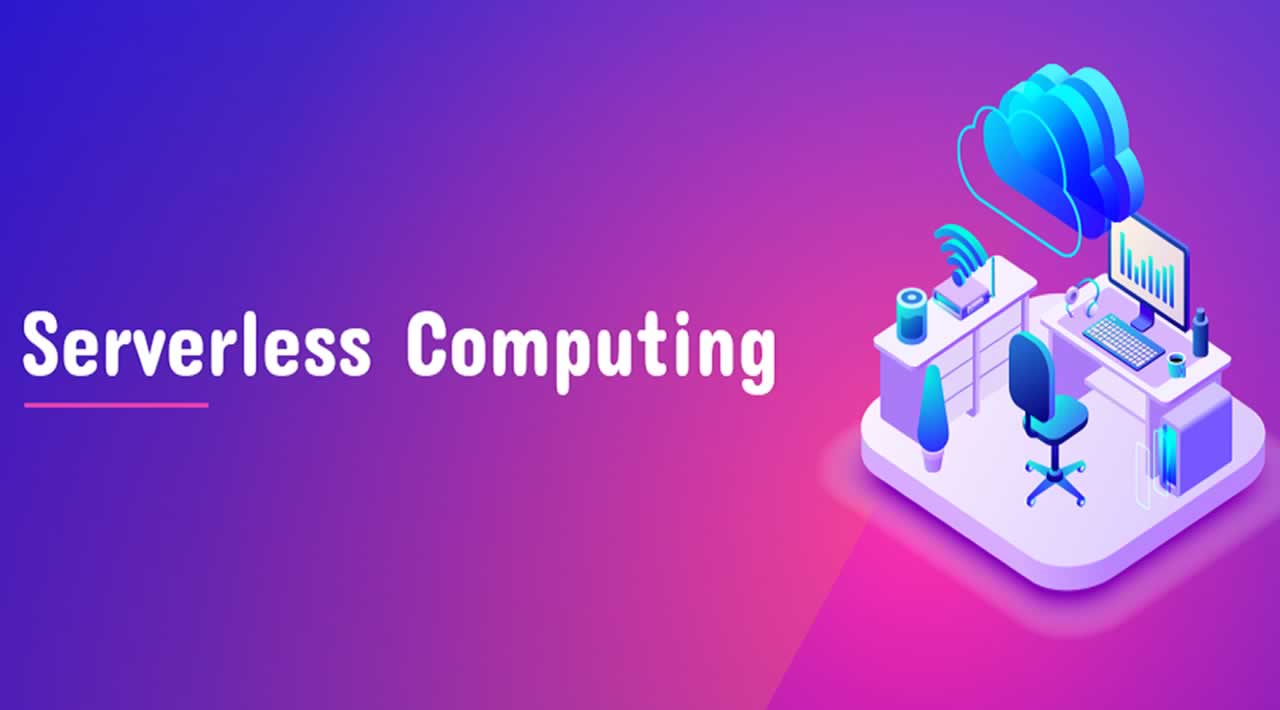What is serverless computing?
Serverless computing is a method of providing backend services on an as-used basis. A Serverless provider allows users to write and deploy code without the hassle of worrying about the underlying infrastructure. A company that gets backend services from a serverless vendor is charged based on their computation and do not have to reserve and pay for a fixed amount of bandwidth or number of servers, as the service is auto-scaling. Note that although called serverless, physical servers are still used but developers do not need to be aware of them.
In the early days of the web, anyone who wanted to build a web application had to own the physical hardware required to run a server, which is a cumbersome and expensive undertaking.
Then came the cloud, where fixed numbers of servers or amounts of server space could be rented remotely. Developers and companies who rent these fixed units of server space generally over-purchase to ensure that a spike in traffic or activity wouldn’t exceed their monthly limits and break their applications. This meant that much of the server space that was paid for usually went to waste. Cloud vendors have introduced auto-scaling models to address the issue, but even with auto-scaling an unwanted spike in activity, such as a DDoS Attack, could end up being very expensive.

The term ‘serverless’ is somewhat misleading, as there are still servers providing these backend services, but all of the server space and infrastructure concerns are handled by the vendor. Serverless means that the developers can do their work without having to worry about servers at all.
What are backend services? What’s the difference between frontend and backend?
Application development is generally split into two realms: the frontend and the backend. The frontend is the part of the application that users see and interact with, such as the visual layout. The backend is the part that the user doesn’t see; this includes the server where the application’s files live and the database where user data and business logic is persisted.

What kind of backend services can serverless computing provide?
Most serverless providers offer database and storage services to their customers, and many also have Function-as-a-Service (FaaS) platforms, like Cloudflare Workers. These platforms can execute pieces of code on the edge without storing any data.
What are the advantages of serverless computing?
- Lower costs - Serverless computing is generally very cost-effective, as traditional cloud providers of backend services (server allocation) often result in the user paying for unused space or idle CPU time.
- Simplified scalability - Developers using serverless architecture don’t have to worry about policies to scale up their code. The serverless vendor handles all of the scaling on demand.
- Simplified backend code - With FaaS, developers can create simple functions that independently perform a single purpose, like making an API call.
- Quicker turnaround - Serverless architecture can significantly cut time to market. Instead of needing a complicated deploy process to roll out bug fixes and new features, developers can add and modify code on a piecemeal basis.
#web-development #security #aws #web-service #serverless
